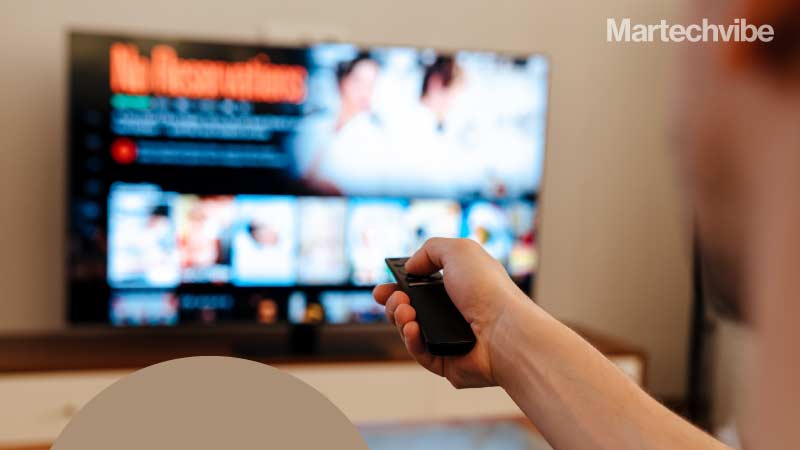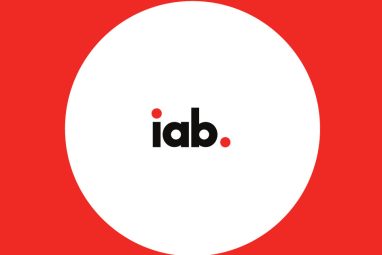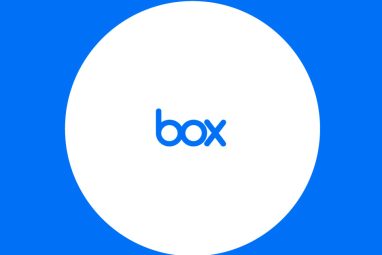Consumer Support For Ads In Streaming Services Remains Solid, Study Finds
During a year of persistent inflation and economic woes, ad-supported streaming is showing its potential. Over half of respondents to Hub’s survey said they would be willing to consume ads to save a few dollars, a level of interest that has seen little fluctuation this year. Streaming platforms have increasingly taken to ad-supported business models […]
Topics
What to Read Next

During a year of persistent inflation and economic woes, ad-supported streaming is showing its potential. Over half of respondents to Hub’s survey said they would be willing to consume ads to save a few dollars, a level of interest that has seen little fluctuation this year.
Streaming platforms have increasingly taken to ad-supported business models this year, but their rollout has come with some challenges. Netflix in November launched its ad-supported plan, which costs $6.99 and is less than half the price of its standard package, but it has reportedly so far fallen short of its predicted success. Disney+ launched on 8 December, equipped with over 100 advertisers, but the new ad tier came with a higher price for its traditional offering of $10.99 each month compared to the previous charge of $7.99. The increase might help explain why one in 10 Disney+ subscribers anticipate dropping their subscription entirely, per Hub’s findings.
Despite these concerns, the new additions are still drumming up interest. Aside from current subscribers looking to switch to Disney+ and Netflix’s ad-supported offering, 22 per cent of those who do not subscribe to Disney+ now report an interest, with the same total true for Netflix non-subscribers. The Q4 edition of Hub’s “TV Advertising: Fact vs Fiction” study surveyed 3,001 U.S. consumers aged 14-74 who watch at least one hour of TV each week.
A bit more mature than the recent entrants, Discovery+ and HBO Max’s ad-supported tiers are top-ranking for consumer sentiment. Of surveyed respondents who subscribe to the Discovery+ ad tier, 61 per cent feel the number of ads during shows is reasonable, the highest total among ranked streaming platforms, followed by 53 per cent of HBO Max ad-tier subscribers who feel the same way. Following it are Peacock (46 per cent), Paramount+ (44 per cent) and Hulu (43 per cent).
Discovery+ and HBO Max are also at the top of the list regarding how much attention ads on the platforms receive. Thirty-seven per cent of respondents for both platforms say they gave the ads nearly “complete” attention. Behind them are Hulu (23 per cent), Paramount+ (19 per cent) and Peacock (12 per cent).
Ad experience is closely tied to ad engagement, the report details, with respondents who enjoyed their viewing experience, including ad load and break length, reporting that they pay attention to ads more often than those who didn’t have a favourable overall experience. Of the aspects that would make consumers more likely to pay attention to an ad, 43 per cent wish for shorter ad breaks, followed by 42 per cent who would be attracted to the ability to earn rewards for watching. Behind these are shorter ad length (41 per cent), a single ad in a break (41 per cent), ads targeted to the show being watched (34 per cent), short ads from sponsors (33 per cent), categories you choose (33 per cent) and a time countdown (31 per cent).
Though consumers are willing to buy into ad-support streaming platforms, free platforms continue to gain traction, with 65 per cent of consumers reporting they use at least one, such as Pluto TV, the Roku Channel, the free version of Peacock and TubiTV, among others. According to the report, usage across such platforms posted a 10-percentage point uptick from Q2 of 2021. Original, exclusive content might be an opportunity for these platforms, with 47 per cent of current users reporting they would be more likely to use a free ad-supported service if they heard original content was available and 30 per cent of non-users saying the same.








































































































